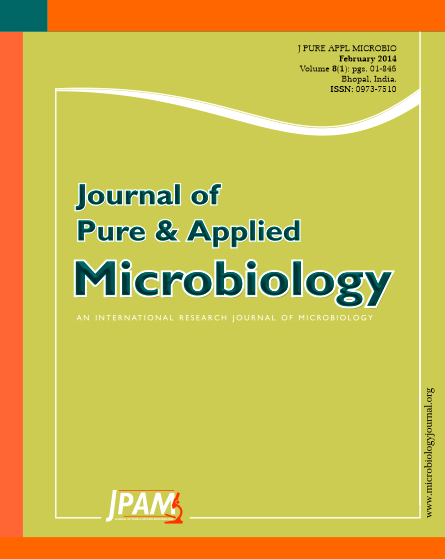Total 670 bacteria isolated from various samples (soil, water and plant roots) were screened in terms of their capacities to solubilize Ca3(PO4)2 (tricalcium phosphate) or Mazidagi rock phosphate. At the end of two-step screening experiments, one isolate (MFB 25) having the best capacity to solubilize Mazidagi rock phosphate was selected and then used for the subsequent experiments. This isolate was identified as Aeromonas hydrophyla according to cellular fatty acid analysis (MIS) as well as some morphological and biochemical characteristics. The best carbon and nitrogen sources which A. hydrophyla MFB-25 needed to solubilize the rock phosphate in liquid medium were determined to be glucose and potassium nitrate, respectively. The other optimal parameters for rock phosphate solubilization were found as mazidagi rock concentration of 3 g/L, temperature of 25 °C and incubation time of 5 d. This is the first study on the potential of A.hydrophyla bacterium to solubilize mazidagi rock phosphate.
Aeromonas hydrophyla, Mazidagi rock phosphate, Phosphate solubilization
© The Author(s) 2014. Open Access. This article is distributed under the terms of the Creative Commons Attribution 4.0 International License which permits unrestricted use, sharing, distribution, and reproduction in any medium, provided you give appropriate credit to the original author(s) and the source, provide a link to the Creative Commons license, and indicate if changes were made.


